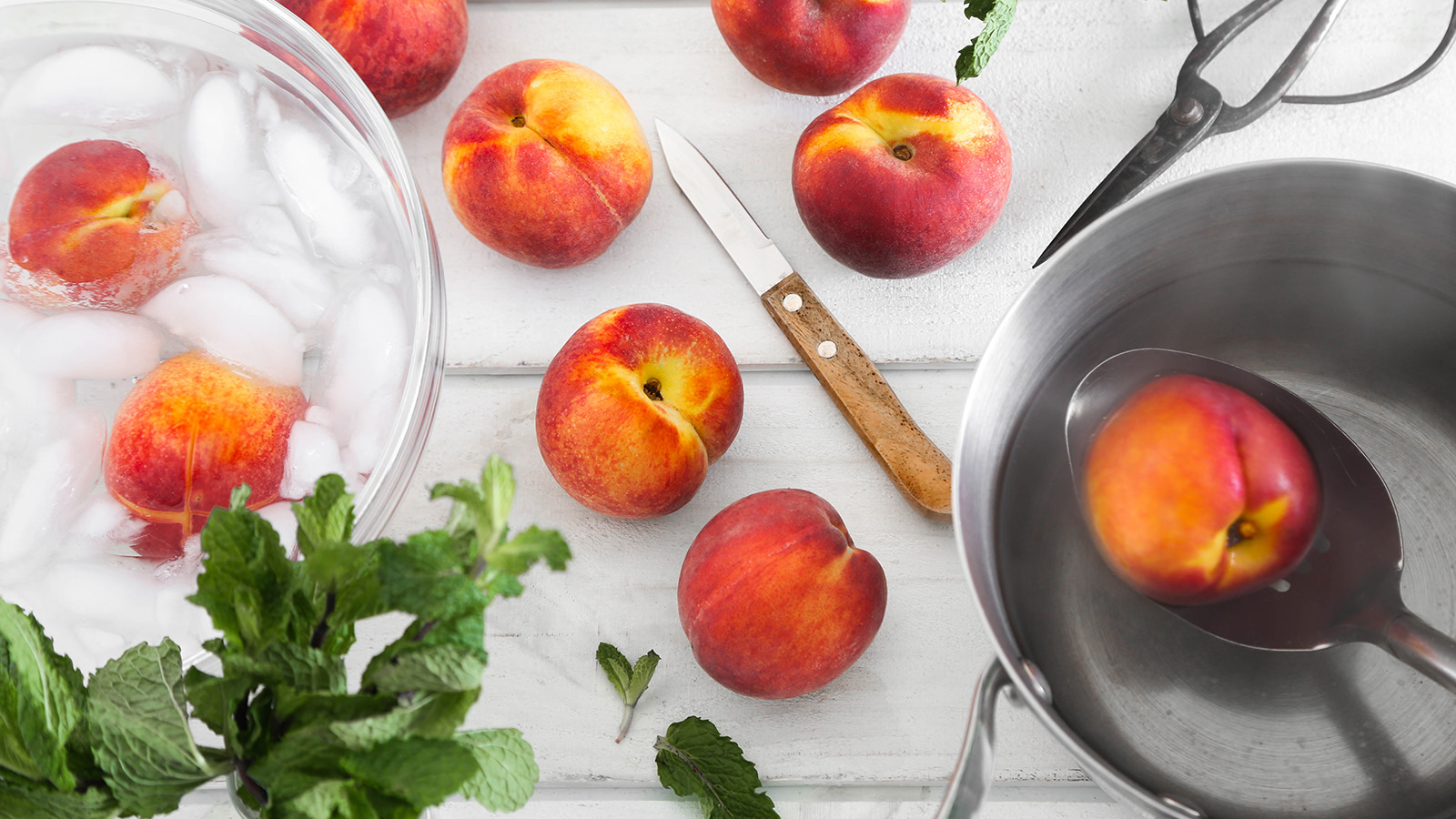Homemade Mozzarella

- Ready In:
- 35mins
- Ingredients:
- 6
- Yields:
-
1 pound
- Serves:
- 4-6
ingredients
directions
- in a non-aluminum, perfectly clean pot bring the milk to 55f. dissolve the citric acid in 1/2 cup water. if using buttermilk then omit the water and you may want it a bit warmer and let it sit an hour with the buttermilk culture to help it ripen better, then again that might be why some people let the drained curds ripen overnight. i say experiment. if using citric acid you don't need to let it ripen, go straight to the next step.
- bring the milk to 87-90f and gently stir in the rennet, dissolved in the 1/4 cup water. cover the pot, remove from heat, and let sit undisturbed for 5-10 min or until it looks like custard and you can see a clear separation between the curds and whey. if you poke a clean finger into it, it should separate cleanly, hence being called a "clean break".
- with a long knife, cut the curd into 1/2 inch cubes by making a grid across your pot of custard and then running the knife diagonally to break up horizontally as much as possible without the curds dissolving. be gentle with your curds, they're not cheese yet!
- stirring gently, bring the curds and whey to between 97 and 105f (instructions vary, i figure around 100 is good enough).
- remove from heat and continue stirring gently (just enough to keep the curds from matting together) for 2-5 minute.
-
some instructions say to drain the whey (save to make ricotta!) through several layers of cheesecloth lining a strainer and let ripen at room temp overnight to develop flavors and acids. others say to use a slotted spoon to lift the curds out of the whey and proceed directly to the stretching stage:
- in the stretching stage we will slightly melt the curds and then stretch them to develop the texture. you can do this by microwaving the curds for 1 min, kneading with spoons and pressing out as much whey as you can, zap again for 30 seconds and kneed again, then 15 seconds until your curds are stretchy and resemble melty mozza. you're using spoons because it has to get to 145f to stretch, which is way too hot to touch. if you're more of a traditionalist or don't have a microwave you can heat water to just under boiling and lower some curds into the hot water (with your handy slotted spoon) for a few seconds to a min until it's getting a bit melty, then take out and knead (maybe with spoons or wearing thick rubber gloves) and repeat until it looks like mozza (smooth and shiny). either way work in manageable sections and form your cheese into balls of a size that please you.
- now make some cold brine and drop your cheese balls in it. this is just salt dissolved in water. the cold part helps solidify the cheese and makes the texture consistent throughout. the salt part adds flavor. the saltier your brine and the longer you soak it, the saltier it will be. i'm going to start with 1/2 cup of salt to 2 cups of water and taste after 15 min of soaking.
- this cheese is best eaten fresh but it can also be frozen. if you're keeping it in the fridge then leave it in water or brine to keep it from drying out. try with fresh tomatoes and basil from the garden! add a little pepper and oil and vinegar perhaps? do you feel like a brave homesteader yet? don't forget to make ricotta with your whey! i'll post that recipe soon.
Questions & Replies
Got a question?
Share it with the community!
Reviews
Have any thoughts about this recipe?
Share it with the community!
RECIPE SUBMITTED BY
I live in new westminster, bc. I'm currently doing tech support for a living but I may be moving on to something more rewarding soon. I have two giant cats. I like to cook and bake. I have a passion for healing craft. I'll be starting my first garden in the spring. and I can't think of anything else interesting right now.




